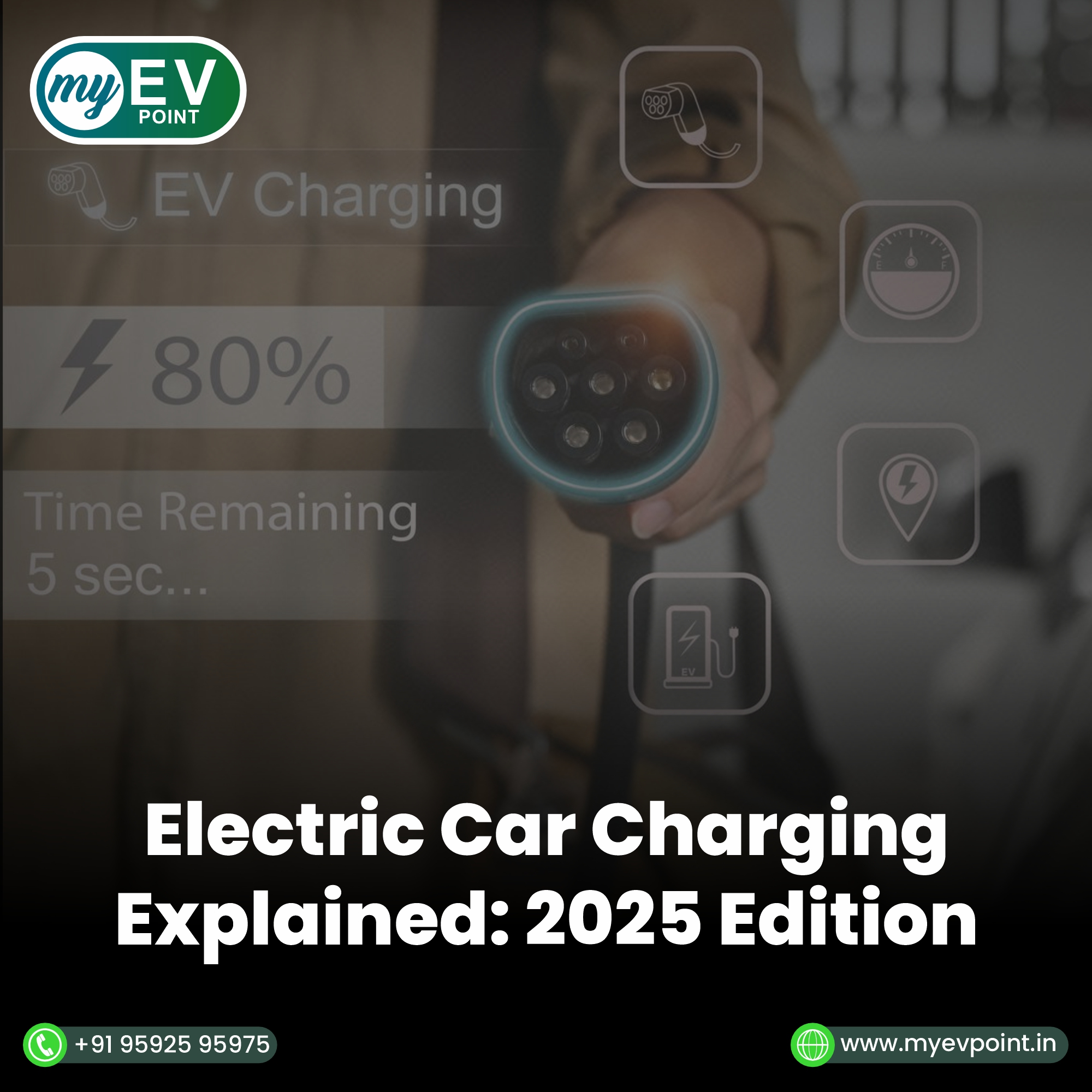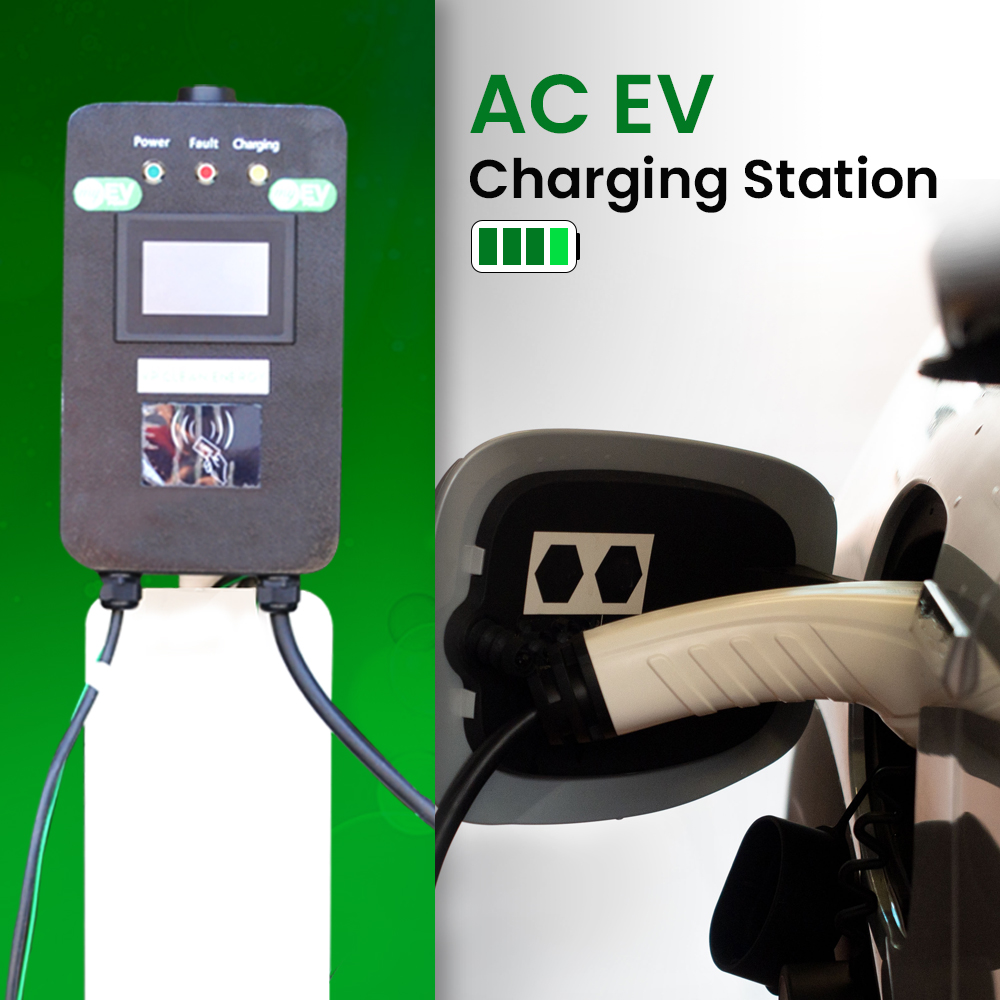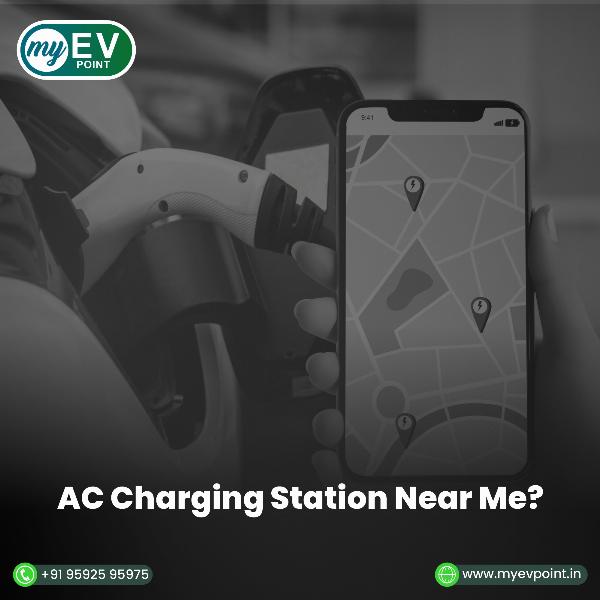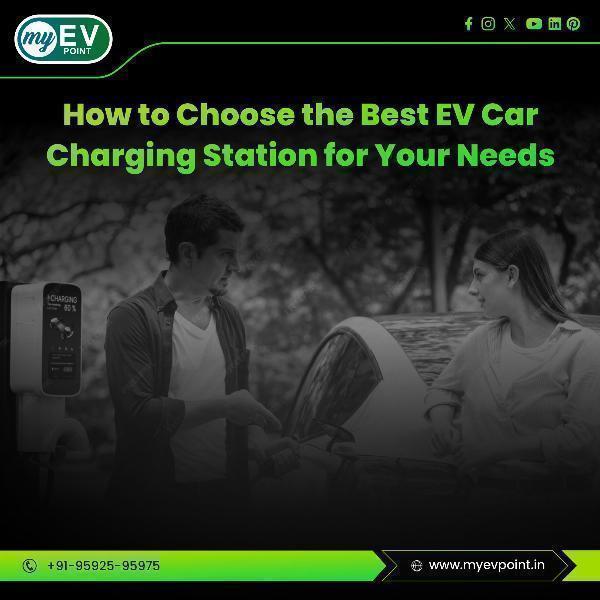AC Electric Vehicle charging stations and their contribution to the EV Revolution
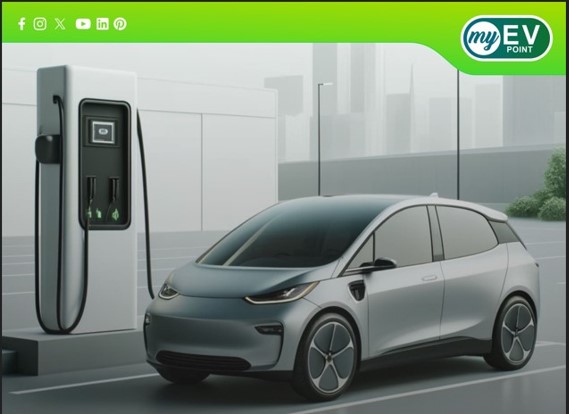
Strong 8k brings an ultra-HD IPTV experience to your living room and your pocket.
Electric vehicles (EVs) are becoming a key component in cutting carbon emissions and lowering dependency on fossil fuels as the globe moves toward more environmentally friendly modes of transportation. However, strong and easily accessible electric vehicle charging points are necessary for EVs to become a popular form of transportation. In the larger EV ecosystem, AC (alternating current) charging stations perform an essential but frequently disregarded role, even though DC fast charging stations frequently garner the most attention due to their rapid recharging capabilities. We shall examine the significance of AC charging stations, their operation, and the reasons they are essential to the development of electric mobility in this blog.
What Are AC Charging Stations for Electric Cars?
The most prevalent kind of public EV charging station infrastructure in residences, offices, and public spaces is AC charging stations. AC EV chargers work more slowly than DC (direct current) fast chargers, which offer a high-speed charging experience. They provide the car with AC current, which the onboard charger transforms into DC before the battery stores it.
The conversion procedure is the main cause of AC charger’s decreased speed compared to their DC equivalents. The car can charge immediately in a DC fast charger because the current is already formatted for the battery. However, using an AC charger requires converting the electricity from alternating current to direct current, which adds time. Because of their low cost, widespread availability, and compatibility with the majority of electric vehicles, AC chargers continue to be essential despite this slower pace.
How Do Charging Stations Using AC Operate?
Fundamentally, AC charging stations function by supplying the EV with alternating current (AC) power. The AC is subsequently changed into direct current (DC), which the battery can really store via the car's internal charger. In order to avoid overcharging or overheating, the onboard charger regulates the charging process and the amount of power the car gets.
AC Charging Station Advantages
Despite being slower than DC fast chargers, AC chargers have a number of benefits that make them an essential component of the ecosystem for EV charging:
1. Cost-effective: Compared to DC fast chargers, AC fast charging stations are substantially less expensive to build and operate. They are therefore perfect for usage in homes, workplaces, and other settings where high-speed charging is not required.
2. Widespread Availability: AC fast charging stations are more widely available than DC chargers and can be found in a variety of venues, including businesses, retail centers, and public parking garages. Furthermore, Level 1 chargers are available in almost any home because they plug into any typical 120V outlet.
3. Perfect for Overnight Charging: EV owners can benefit greatly from AC charging, particularly with Level 2 chargers, if they do not need to power their cars right away. The car's battery may be sufficiently recharged overnight for regular commuters, negating the requirement for frequent DC fast charger use.
4. Less Stress on the Grid: In general, AC electric vehicle charging stations use less energy than DC chargers, particularly the powerful ones. Since demand may already be high in residential areas, this makes them a less disruptive choice for the electrical grid.
5. Compatibility: AC charging stations are compatible with the great majority of electric vehicles. A Level 2 AC charger is a universal choice for the majority of EV owners because most of them employ the standard J1772 connector (in North America).
The Future of AC Charging Stations
Because of its speed, DC fast charging is sometimes heralded as the EV charging of the future; yet, AC EV chargers will continue to play a vital role in the ecosystem for many years to come. They provide a well-rounded strategy that balances affordability, accessibility, and ease of use. It is anticipated that AC fast charging stations will proliferate and be incorporated into homes, businesses, and public areas as the EV market expands.
Conclusion
Despite being slower than DC fast chargers, AC electric vehicle charging stations are an essential part of the infrastructure for EV charging. For EV owners, particularly those who do not require rapid charging for everyday use, they offer an affordable, widely available, and useful alternative. AC EV chargers will remain crucial in facilitating the increasing use of electric vehicles by facilitating clean and efficient driving, whether through Level 1 charging at home or Level 2 stations in public areas.
By offering cutting-edge public EV charging Station and charging station installation services, My EV Point contributes to this revolution with the goal of preserving sustainability and protecting the environment.
Note: IndiBlogHub features both user-submitted and editorial content. We do not verify third-party contributions. Read our Disclaimer and Privacy Policyfor details.




